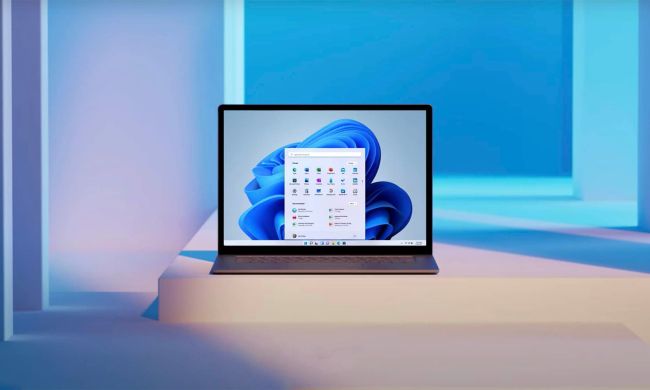It has been a little over two years since Future Motion dropped a new Onewheel on us, but the company hasn’t been resting on its laurels for those two years. Quite the contrary, in fact. Today, the company is back with not one but two new models: Onewheel GT and the Onewheel Pint X.
Both machines are evolutions of their predecessors (the Onewheel+ XR and the original Onewheel Pint), but as far as evolutions go, they’re pretty dramatic. Future Motion describes them both as a “quantum leap in performance and capability,” and while we haven’t yet had a chance to ride one and see for ourselves, the specs alone suggest they’re probably not exaggerating.
Let’s start with the Onewheel GT, the company’s new flagship. Arguably the biggest leap forward here is the GT’s impressively long range. Whereas Future Motion’s previous flagship, the Onewheel+ XR, boasted a maximum range of about 18 miles per charge, the new GT model kicks that number up to a whopping 32 miles. This is largely due to newer, more power-dense batteries, more efficient motors and electronics, and slightly thicker footboards that provide more room for battery cells.

Extreme range isn’t the only improvement though: The GT also sports 50% more power and torque (it’s apparently the “first Onewheel with 3 horsepower”), as well as a few new design elements that boost comfort and performance. These include things that were previously only available via aftermarket upgrades, like concave footpads and treaded tires for off-road riding, as well as things that are effectively improvements to existing features, like brighter LEDs on the nose and tail, a custom tire profile, and a built-in “Maghandle” for easy carrying.
But while the GT is geared toward peak performance, the new Pint X is no slouch either. “Pint X is what you want to take on the city,” says Future Motion Chief Evangelist Jack Mudd. “It combines the speed and range of our former flagship product, the Onewheel+ XR, with the compact size of the Onewheel Pint to create this perfect blend of capability and portability. Plus it’s insanely fun to ride.”

Mudd isn’t blowing smoke here — at least if the on-paper specs of the Pint are to be believed. Despite being approximately the same size as the company’s original Onewheel Pint, the Pint X offers a mind-blowing 18 miles of range per charge. It’s also slightly faster than the original Pint, offering a top speed of 18 miles per hour — two miles per hour faster than its predecessor.
“It’s amazing to see how far our riders have progressed this budding sport,” says Mudd, “and with more power, more torque, and [more] range, I cannot wait to see where they take it next.”
Both the Onewheel GT and Onewheel Pint X are available for pre-order starting today via Future Motion’s website. Onewheel Pint X retails for $1,400, whereas the Onewheel GT can be had for $2,200. According to Future Motion, “special launch promotions are available for the first 48 hours including free fenders, bundle savings up to $275, in-app badges, an exclusive Neon launch colorway for Pint X, and free prioritized shipping (U.S, lower 48).”



